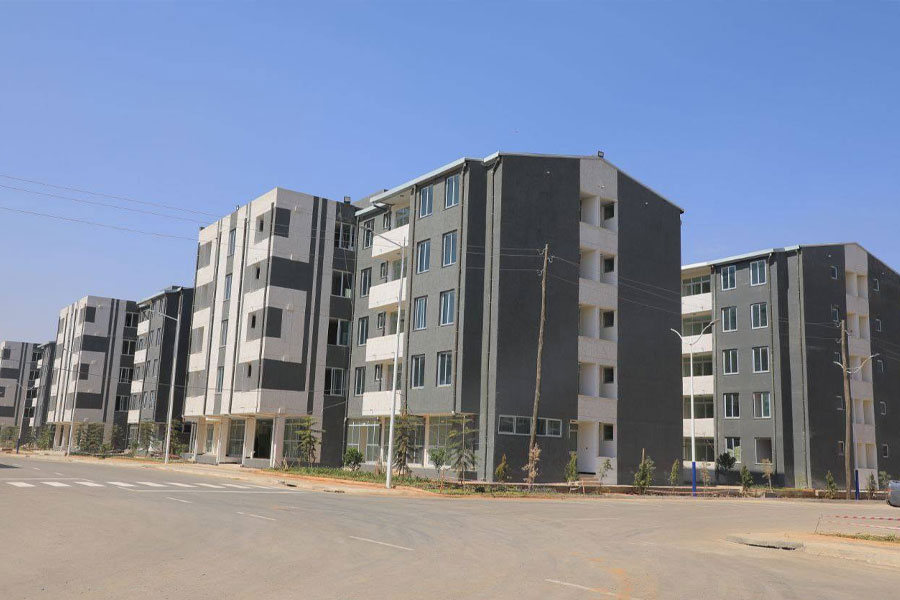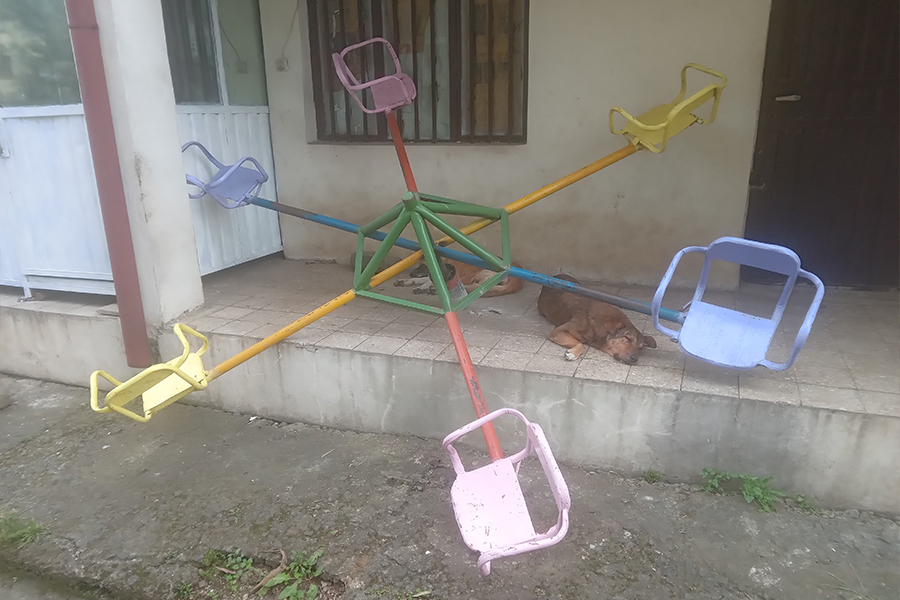
Radar | Feb 03,2024
In line with the vow we made six years back with my niece, I started to regularly walk in the evenings on the sidewalks of the areas under near-Manhattanisation and the roads leading to them here in Addis. Manhattan has been the name of New York’s central borough and is a synonym for New York City itself; no doubt the same is unfolding true for certain gleaming parts of Addis that could lend their name to the capital as monikers.
We made the vow back then as we were tired of the hilly pile of construction materials typical of construction sites in Addis, notorious for impeding the movement of pedestrians. Yet, it was more as we wanted to be part of the new face of Addis and contribute what we could to the city.
Last week, our first walk turned out to be surprising, especially compared to what it was, with a potential to impress even more going forward. The evenings were full of many young people dining out, enjoying the nice combination of liveliness and leisure, thanks to the functional diversity among restaurants, bars and raw meat eateries. Addis may be on a renaissance similar to that of the greatest cities in their early days.
It was as Paris went through Haussmannization, a face-lifting starting in the middle of the 19th century, that the city was completely remodelled. Parks were laid out; new streets constructed and old ones widened; a new water supply and sewer system instituted; wide, open spaces and vistas created; and new bridges, railroad stations, and numerous public buildings built.
“A dull pestilence, penetrating and tenacious, weighs heavily on our great city, where one can no longer go out without holding one’s nose,” lamented Le Figaro, the oldest French newspaper. “What’s worse is that, the nicer the weather, the warmer the weather, and therefore the more pressing the need for fresh air – the more despotically this sneaky stench makes itself felt.”
Of course, admiration and love for a city do not merely come from proper drainage and street designs. It is the freedom, the atmosphere and diversity. Take the story of Damon Runyon, a colourful if exaggerated New Yorker. The author of Guys and Dolls, a journalist and short-story writer noted for his tales of the New York underworld and New York City itself, he requested that his ashes be scattered over the streets and thus were dropped from a transport plane flown by his friend. It was when the city was still considered dirty in the early 20th century.
A city’s development should also not attempt to conceal underdevelopment or poverty or an exercise in overindulgence. Ever wonder where the term Potemkin village comes from? Gregory Potemkin, a Russian officer, wanted to trick Catherine the Great over the areas he was tasked with administrating. He led her on tours to places where conditions were best and even constructed false-front villages, transporting peasants from one of these sham villages to another just ahead of the Russian empress. It was a Potemkin village – only for looks.
The task of building up Addis Abeba is thus two-fold. It has to be about more than constructing skyscrapers and designing great streets. There has to be constant and reliable access to electricity, water and public transport. Hand in hand with such efforts, public spaces, walkable streets and entertainment venues will perk up the spirit and make the city livable. It is only if the Addis Abeba we create is clean, lively and vibrant, worthy of its status as the political capital of Africa, that more people can vow to take walks in the evenings, like my niece and I did.
PUBLISHED ON
Jun 04,2022 [ VOL
23 , NO
1153]


Radar | Feb 03,2024

View From Arada | Oct 20,2024

Fortune News | Apr 10,2023

Fortune News | Jan 07,2024

Radar | Nov 24,2024

Fortune News | Sep 28,2025

Commentaries | May 24,2025

Viewpoints | May 31,2025

Fortune News | Nov 24,2024

In-Picture | Oct 06,2024

Dec 22 , 2024 . By TIZITA SHEWAFERAW
Charged with transforming colossal state-owned enterprises into modern and competitiv...

Aug 18 , 2024 . By AKSAH ITALO
Although predictable Yonas Zerihun's job in the ride-hailing service is not immune to...

Jul 28 , 2024 . By TIZITA SHEWAFERAW
Unhabitual, perhaps too many, Samuel Gebreyohannes, 38, used to occasionally enjoy a couple of beers at breakfast. However, he recently swit...

Jul 13 , 2024 . By AKSAH ITALO
Investors who rely on tractors, trucks, and field vehicles for commuting, transporting commodities, and f...

Nov 1 , 2025
The National Bank of Ethiopia (NBE) issued a statement two weeks ago that appeared to...

Oct 25 , 2025
The regulatory machinery is on overdrive. In only two years, no fewer than 35 new pro...

Oct 18 , 2025
The political establishment, notably the ruling party and its top brass, has become p...

Oct 11 , 2025
Ladislas Farago, a roving Associated Press (AP) correspondent, arrived in Ethiopia in...